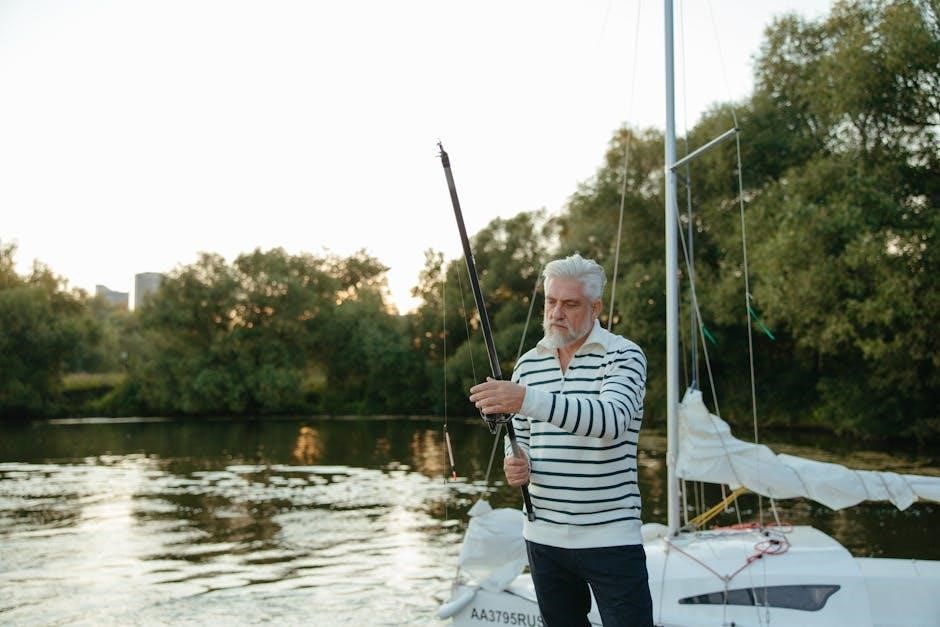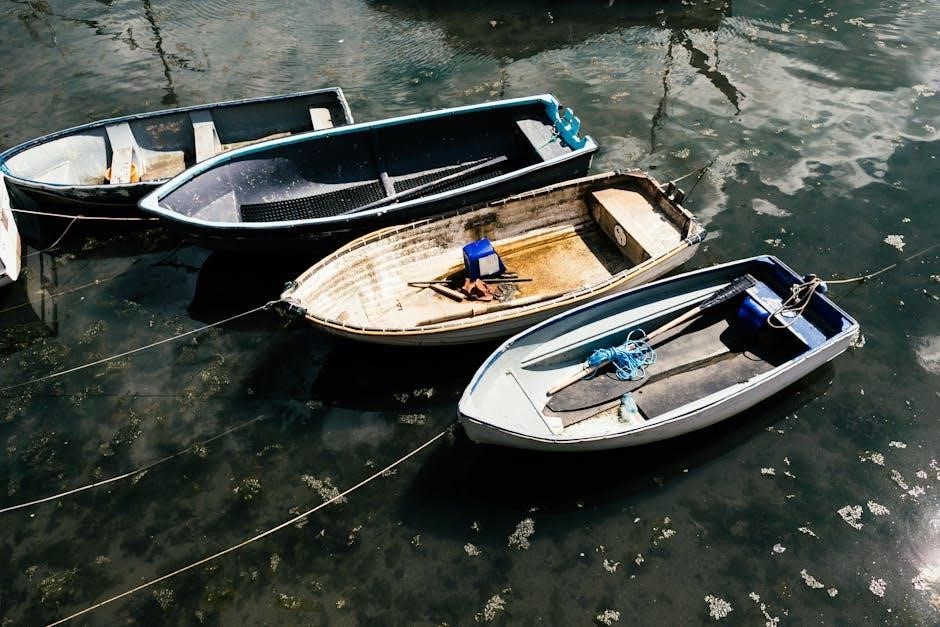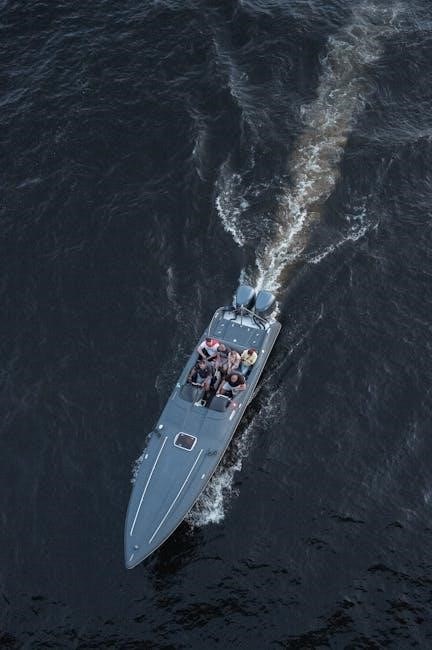The White River in Arkansas is a renowned destination for fly fishing, offering crystal-clear waters teeming with trout. Its diverse ecosystem and abundant fish make it a paradise for anglers of all skill levels, ensuring an unforgettable experience.

Understanding the Fish and River Ecosystem
The White River’s cold, clear waters, sustained by Bull Shoals Dam, create a stable environment for trout. Its ecosystem supports healthy populations of rainbow and brown trout, making it a fly fisherman’s haven year-round.

Trout Species in the White River
The White River is home to two primary trout species: rainbow trout and brown trout. Rainbow trout, known for their vibrant colors and aggressive behavior, are the most abundant and popular target for fly anglers. Brown trout, while less plentiful, offer a thrilling challenge due to their elusive nature and strong fighting ability. Both species thrive in the river’s cold, oxygen-rich waters, which are maintained by the Bulls Shoals Dam. The river’s consistent flow and temperature create an ideal environment for trout growth, resulting in healthy populations and trophy-sized fish. Anglers can expect to catch rainbow trout ranging from 10 to 20 inches, with occasional larger specimens. Brown trout, though fewer in number, can reach impressive sizes, making them a prized catch for experienced fly fishermen. Understanding these species’ habits and habitats is key to a successful fly fishing experience on the White River.
Overview of the White River’s Characteristics

The White River in Arkansas is a tailwater fishery, flowing cold and clear from the base of the Bulls Shoals Dam. Its consistent water temperature and flow create a prime environment for trout and other aquatic life. The river is approximately 722 miles long, but the most popular section for fly fishing is the 100-mile stretch below the dam. Known for its crystal-clear waters, the White River offers excellent visibility, making it ideal for spotting fish and presenting flies effectively.
The river’s structure varies, featuring riffles, runs, and deep pools, which provide diverse habitats for trout. Its flow is controlled by the dam, ensuring year-round fishable conditions. Anglers appreciate the river’s accessibility, with numerous access points and wadeable sections. The White River’s unique combination of cold water, nutrient-rich habitat, and varied structure makes it one of the most productive trout fisheries in the U.S., attracting fly anglers from around the world.

Essential Gear for Fly Fishing the White River
Choosing the right gear is crucial for success on the White River. A 4-6 weight fly rod paired with a reliable reel, appropriate fly lines, and a selection of effective flies ensure a productive fishing experience.
Choosing the Right Fly Rod and Reel
When fly fishing on the White River, selecting the right fly rod and reel is essential for targeting trout and other species effectively. A 4 to 6-weight fly rod is ideal for smaller species like trout and smallmouth bass, while a 7 to 9-weight rod is better suited for larger fish such as stripers and carp. The rod should be lightweight, durable, and sensitive enough to detect subtle bites. Pair it with a reel that has a reliable drag system, as this is crucial for controlling larger fish during extended fights. Ensure the reel is properly balanced with the rod for optimal performance. A large arbor reel is recommended for faster line retrieval and better line management. By choosing the right combination of rod and reel, anglers can enhance their casting accuracy and overall fishing experience on the White River.
Selecting Appropriate Fly Lines and Leaders
Choosing the right fly line and leader is crucial for successful fly fishing on the White River. The clear waters of the river demand a line that blends with the environment and meets the specific fishing conditions. A floating fly line is ideal for dry fly and topwater fishing, while a sinking or sink-tip line is better for nymphing or streamer fishing in deeper waters. The line weight should match the rod, typically ranging from 4 to 6-weight for trout fishing. Leaders should be long enough to allow for natural presentation, with a standard length of 9 to 12 feet. A tapered leader with a sturdy tippet is recommended, as it improves casting accuracy and helps in handling larger trout. Using a high-quality monofilament or fluorocarbon tippet material ensures strength and abrasion resistance. Properly selecting fly lines and leaders ensures better presentation, increased casting efficiency, and a higher chance of landing trophy trout on the White River.
Top Fly Patterns for White River Trout

When fly fishing on the White River, selecting the right fly patterns is essential for targeting trout effectively. The river is renowned for its diverse trout population, and specific flies consistently produce results. Nymphs such as the Pheasant Tail, Hare’s Ear, and Copper John are highly effective, imitating the abundant aquatic insects that trout feed on. Dry flies like the Elk Hair Caddis and Stimulator are excellent for surface action, especially during hatches. Streamers, including Clouser Minnows and Woolly Buggers, are ideal for targeting larger trout in deeper waters. Additionally, terrestrials like foam hoppers and ants are productive during the summer months when these insects are active. The key is to match the fly to the current conditions and the trout’s feeding behavior. Using a combination of these proven patterns ensures anglers are well-prepared to tackle the White River’s trophy trout, regardless of the season or water conditions.

Techniques for Successful Fly Fishing
Mastering various techniques is crucial for success on the White River. Nymphing, dry fly presentations, and streamer fishing are essential methods. Adaptability to changing river conditions and precise casting ensure optimal results for anglers of all skill levels.
Nymphing Techniques for Trout

Nymphing is a highly effective technique for targeting trout in the White River, as it mimics the natural behavior of aquatic insects. Anglers typically use weighted flies or split shot to reach the river’s bottom, where trout often feed on nymphs. Popular patterns like the Hare’s Ear, Pheasant Tail, and beadhead flies are proven performers. The key to success lies in achieving a dead drift, allowing the nymph to move naturally with the current. Strike indicators can help detect subtle takes, especially in deeper or faster-moving water. Nymphing is particularly effective in riffles and runs, where trout are actively feeding. Light tippet and precise presentations are essential in the White River’s clear waters, as trout can be wary of visible lines or unnatural movement. By focusing on structure and varying depths, anglers can consistently connect with rainbow and brown trout using nymphing techniques.
Dry Fly and Topwater Strategies
Dry fly and topwater fishing on the White River offer thrilling opportunities to target trout feeding on surface insects. Rainbow and brown trout are particularly aggressive when pursuing emerging mayflies, caddis, or terrestrials like hoppers. Anglers should focus on periods of low light, such as early morning or late evening, when trout are most active near the surface. Popular dry fly patterns include Elk Hair Caddis, Stimulators, and foam hoppers, which imitate the natural insects trout encounter. A gentle presentation is key to avoid spooking fish in the river’s clear waters. Using a 4 to 6-weight fly rod with a floating line and a 9-12 foot leader is ideal for delivering dry flies accurately. Varying retrieval speeds and pauses can entice strikes, especially during hatches. While dry fly fishing is effective year-round, it shines during summer months when terrestrial insects are abundant. Patience and observation are essential, as trout often rise selectively to specific patterns. This method rewards anglers with explosive takes and unforgettable memories on the White River.
Streamer Fishing for Larger Trout

Streamer fishing is a highly effective method for targeting larger trout on the White River, particularly brown trout and trophy-sized rainbows. Streamers mimic baitfish, crayfish, or leeches, appealing to predator instincts. Popular patterns include Clouser Minnows, Woolly Buggers, and Muddler Minnows. These flies are fished actively, often with a stripping or swinging motion to imitate movement. A 5 to 7-weight fly rod with a sink-tip or full-sink line is ideal for reaching deeper pools and structure where larger trout reside. Focus on areas with cover, such as rocks, logs, or undercut banks, where trout ambush prey. Vary retrieval speeds and depths to provoke strikes, especially during low-light conditions when larger trout are most active. Streamer fishing is versatile, working well in various water levels and seasons. It’s a dynamic and rewarding approach for anglers seeking to land the White River’s trophy trout. Patience and persistence are key, as larger trout often require precise presentations and multiple casts.